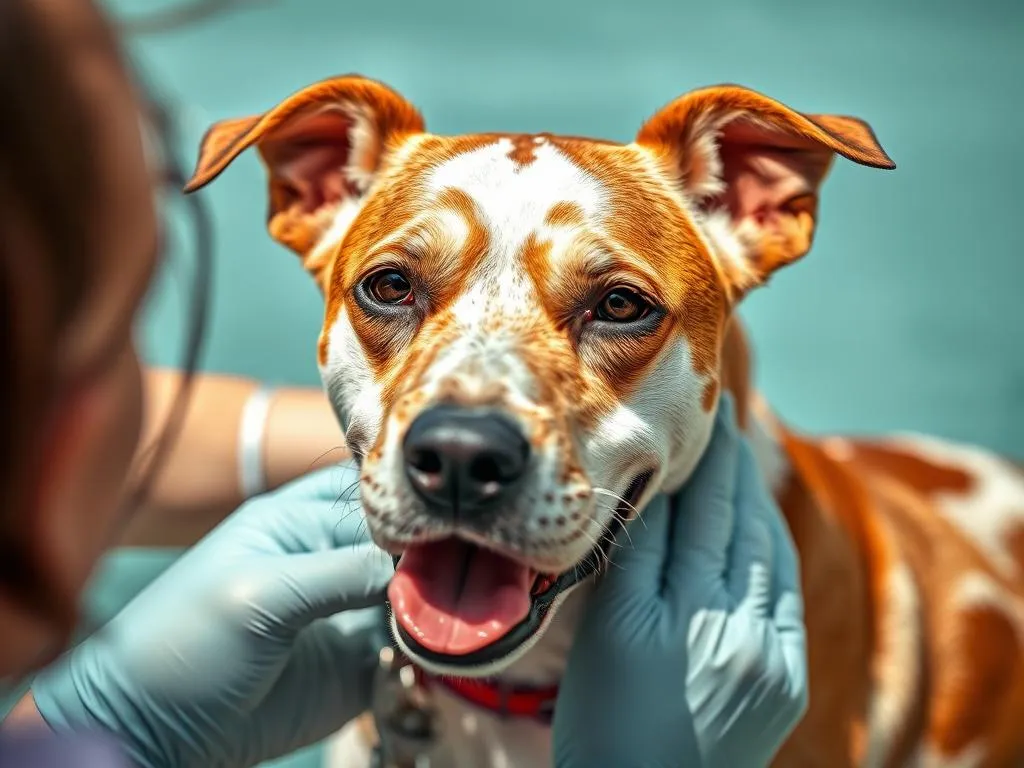
Introduction
Sunburn is not just a concern for humans; it can also affect our furry friends. Dog sunburns occur when a dog’s skin is overexposed to ultraviolet (UV) rays from the sun, leading to skin damage similar to that experienced by humans. Recognizing and treating this condition is crucial for the well-being of our pets. Many dog owners mistakenly believe that dogs are immune to sunburn due to their fur, but certain breeds and conditions can make them just as vulnerable as humans. Statistics show that incidences of sunburn in dogs have been on the rise, especially during the warmer months when outdoor activities peak.
Understanding Dog Sunburn
What is Dog Sunburn?
Dog sunburn is a skin condition that arises when a dog’s skin is exposed to excessive UV radiation. Unlike human skin, which can tan and build some level of protection against UV exposure, dog skin is more sensitive and can easily burn. The types of sunburn in dogs can vary, with some experiencing mild redness, while others may suffer from severe blistering and pain.
Symptoms of Dog Sunburn
Being able to identify the symptoms of sunburn in dogs is essential. Common signs include:
- Red or irritated skin: A clear sign that your dog has been overexposed to the sun.
- Pain or sensitivity: Your dog might flinch or whine when touched in sunburned areas.
- Peeling or flaking skin: Like humans, dogs may experience skin peeling after a sunburn.
In more severe cases, symptoms can escalate to:
- Blistering: Noticeable blisters on the skin can indicate significant damage.
- Lethargy or behavioral changes: A sunburned dog may seem less active or playful than usual.
Risk Factors for Dog Sunburn
Certain breeds are more susceptible to dog sunburns. Breeds with short hair or lighter-colored fur, such as Greyhounds, Dalmatians, and Whippets, are at a higher risk.
Environmental factors also play a role. Dogs that spend time in areas with high UV exposure, such as beaches or mountains, without adequate shade are particularly vulnerable. Lack of shelter during peak sun hours can exacerbate the risk of sunburn.
Prevention of Dog Sunburn
Best Practices for Protecting Dogs from Sunburn
Preventing sunburn is always better than treating it. Here are some best practices:
- Limit sun exposure: The sun’s rays are strongest between 10 AM and 4 PM, so plan outdoor activities outside these hours.
- Provide shade and fresh water: Always ensure your dog has access to shaded areas and plenty of water, especially during hot days.
- Use protective gear: Consider dog clothing designed to block UV rays, such as shirts or hats.
Sunscreens for Dogs
Using sunscreen specifically formulated for dogs can provide an additional layer of protection. Here’s what to know:
- Dog-safe ingredients: Look for sunscreens that contain zinc oxide or titanium dioxide as active ingredients. Avoid products containing toxic ingredients like PABA or fragrances.
- Application tips: Apply sunscreen to exposed areas such as the nose, ears, and belly. Reapply every two hours, especially if your dog is swimming or sweating.
How to Treat Dog Sunburn
Immediate First Aid
If you suspect your dog has suffered a sunburn, immediate action is crucial. Here are the essential first aid steps:
- Move to a cooler area: Get your dog out of the sun to prevent further damage.
- Apply cool compresses: Gently press a cool, damp towel against the sunburned areas to alleviate pain and reduce inflammation.
What not to do: Avoid using human sunburn treatments like aloe vera gel unless specifically recommended for dogs, as some ingredients may be harmful.
Home Remedies for Mild Sunburn
For mild cases, several home remedies can help soothe the discomfort:
- Aloe vera: Pure aloe vera gel can provide relief and promote healing. Just ensure it’s free of additives.
- Coconut oil: Known for its moisturizing properties, coconut oil can help soothe irritated skin while providing a barrier.
In addition to topical treatments, keeping your dog hydrated and providing a balanced diet rich in antioxidants can also support recovery.
When to Consult a Veterinarian
If you notice severe symptoms such as blistering or significant behavioral changes, it’s time to consult a veterinarian. Expect your vet to conduct an examination and recommend treatments that may include:
- Medications: Anti-inflammatory drugs or topical ointments to promote healing.
- Follow-up care: Your vet may recommend regular check-ups to monitor your dog’s recovery.
Long-Term Care and Monitoring
Ongoing Skin Care for Dogs
Regular skin checks are vital for maintaining your dog’s skin health, especially if they have a history of dog sunburns. Look for any signs of sun damage or irritation, and consult your veterinarian if you notice anything unusual. A balanced diet rich in antioxidants can also boost skin health and resilience.
Seasonal Considerations
As the seasons change, so should your dog’s care routine. During summer months, consider:
- Adjusting care: Be vigilant about sun exposure and the importance of a shaded environment.
- Planning activities: Opt for early morning or late evening walks to minimize sun exposure.
Conclusion
Preventing and treating dog sunburns is essential for maintaining your pet’s skin health. By taking proactive steps to protect your dog from the sun, you can help ensure they remain happy and healthy. Remember to always monitor your dog’s skin and consult a veterinarian when in doubt. Understanding the signs of sunburn and knowing how to treat it can make all the difference in your dog’s comfort and well-being.
Call to Action
We invite you to share your experiences or tips on caring for your dog’s skin in the sun. Your insights could help other dog owners keep their pets safe and comfortable. For more valuable tips on dog health care, consider subscribing to our newsletter.









